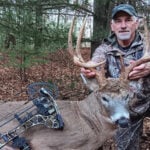To roost or not to roost? That is the question.
What is your strategy? Do you try to roost a bird before you hunt him, or just go into a known turkey hangout and blindly call?
I know we all have to do some blind calling from time to time, but let’s take a closer look at the question, “Does roosting turkeys work?” and why roosting a bird may be just what you need to help tip the odds in your favor this season.
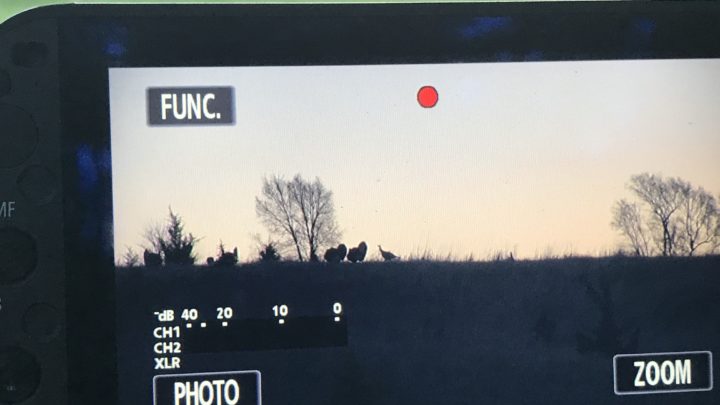
Knowing Where to Start
First, it gives you an advantage by knowing where that bird went to roost the night before you plan to hunt him. You’ve basically narrowed everything down to the tree, or particular area that he’s starting and ending his day.
Sure, he might tree hop from tree to tree before the morning. However, when they do that, they never seem to leave an area. They stay in the general vicinity. So to your advantage, get there well before daylight and be set up waiting for that old Tom to greet the morning before he ever gets started.
Go Early, Beat the Competition
Knowing where a bird is roosted gives you a huge advantage, particularly when hunting public land. If you know where the bird is, you can go in early and be set up long before other hunters even arrive in the parking lot.
No more sitting around waiting and hoping for a bird to gobble. If you’ve got him roosted, you can go straight to work in the exact spot you need to be.
The old expression, “The early bird gets the worm,” holds true for turkey hunters too. The early bird gets the bird, or at least the first opportunity to hunt the bird when it comes to chasing gobblers on public land.
Splitting the Hens and Gobblers
The third advantage is the opportunity to best position yourself for your hunt off the roost.
Gobblers and hens will often separate when they fly up to roost. If you can position yourself between the gobbler and hens before daylight, you’ll likely be in the hot seat when they fly down.
There’s no better place to be than between a gobbler and his hens after flydown.
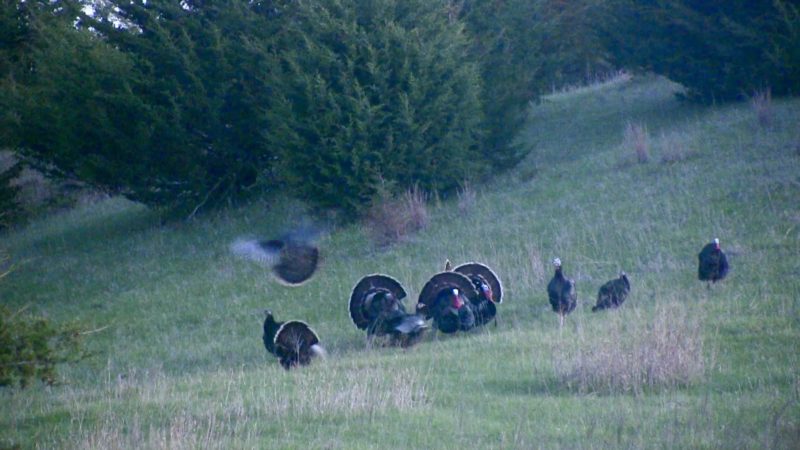
Roosted is Roasted
On a recent Georgia hunt, I used an owl hooter to strike a gobbler on his way to roost before dark. I quickly made plans to come back the next morning to hunt the bird I’d put to bed.
The next morning, I made my way down the road that led from where the bird roosted to where he spent most of the day.
I set my decoys out in the road while it was still dark and backed off the road and got set up.
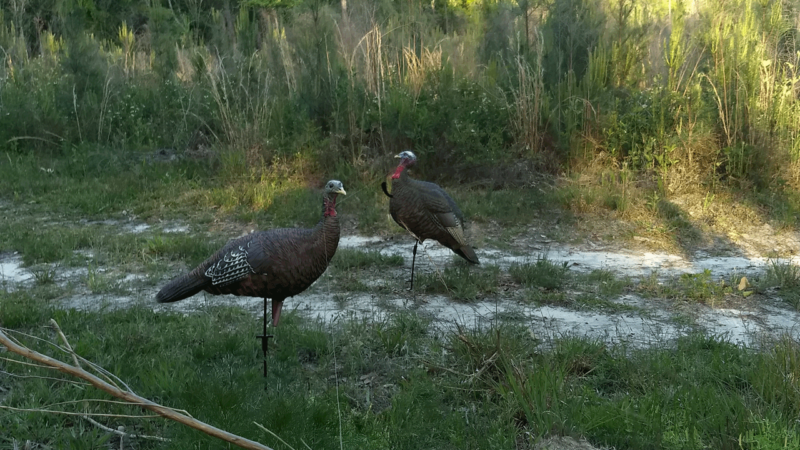
I slowly began to call very lightly as the sky began to brighten. With rain in the area, it was hard to hear much, but as soon as the rain stopped, I heard the bird gobble on his own.
I made a few soft yelps at the gobbler on my pot call in hopes of pulling him in my direction. A few minutes later, I could see his white head coming down the road.
As he approached my decoy, I drew my bow and released the arrow. The shot went right over his back. The gobbler jumped about three feet toward the decoy and began to circle it again. I was able to nock another arrow and make a second shot. The bird dropped in his tracks and didn’t even flop.
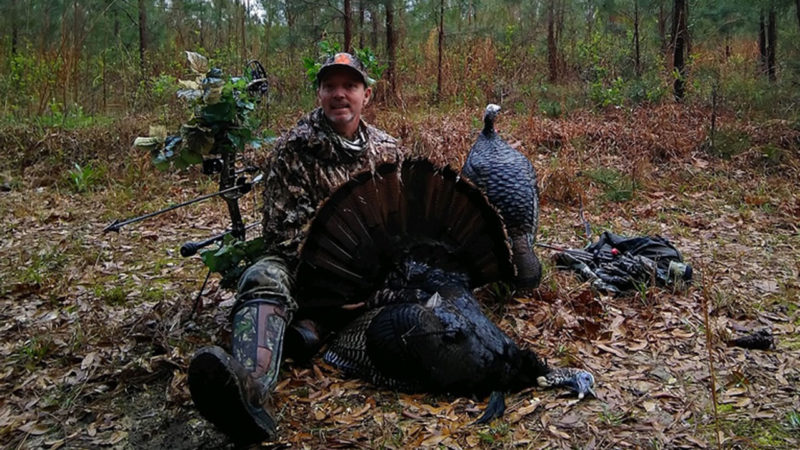
Conclusion
I contribute the success of this hunt to roosting this bird the night before and knowing how he’d likely travel as he left the roost at flydown. No, it won’t work every time, but it will certainly give you a leg up in narrowing down the search before the sun ever pops up.
What about you? Do you rely on roosting your bird the night before a hunt? Comment below and let us know what works best for you.

 By
By 